Lockheed Martin’s Prepar3D: The Evolution of a World-Class Flight Simulator.
Lockheed Martin’s Prepar3D (pronounced prepared) is one of the most advanced flight simulators available today, blending military-grade realism with educational and professional versatility. Originating from the legacy of Microsoft Flight Simulator X (FSX), Prepar3D has grown into a sophisticated platform used by professional aviators, military organizations, and serious enthusiasts alike. In this post, we will explore its origins, technological advancements, system requirements, comparisons with other simulators, and its current position in the flight simulation ecosystem.
Origins of Prepar3D: From FSX to Military-Grade Simulation

Prepar3D traces its roots to Microsoft Flight Simulator X, a beloved title in the flight simulation community. FSX, released in 2006, was revolutionary for its time, offering an expansive open-world simulation of aviation with global airports, real-time weather, and third-party add-on compatibility. However, in 2009, Microsoft disbanded the team behind FSX and shelved its development.
Recognizing the potential of FSX’s robust platform, Lockheed Martin acquired the licensing rights in 2009. Leveraging FSX’s core engine, they began developing a simulator tailored to professional training, military applications, and academic research. The result was Prepar3D v1, released in 2010.
This initial version retained much of FSX’s framework while laying the groundwork for iterative improvements that would culminate in the highly advanced simulator Prepar3D is today.
Iterative Development: A Timeline of Prepar3D’s Evolution
Prepar3D v1: The Foundation (2010)
The first version of Prepar3D was a modest upgrade from FSX. It retained many of FSX’s assets, including:
- The underlying engine.
- A focus on compatibility with FSX add-ons.
- Slightly enhanced performance and stability.
Lockheed Martin aimed this version primarily at professionals, emphasizing its utility in training, education, and mission rehearsal. The interface, visuals, and core technology remained similar to FSX.
- Latest CPU’s Available Now – Amazon.com
- Get a NEW GPU Best Performance – AMAZON.com
- Upgrade RAM Here today – AMAZON.com
- Prebuilt PC Options – AMAZON.com
Prepar3D v2: Graphics Overhaul with DirectX 11 (2013)

Prepar3D v2 marked the simulator’s first major technological leap. This version introduced:
- DirectX 11 Support: A significant upgrade from FSX’s aging DirectX 9, enabling better graphics performance and visual fidelity.
- Dynamic Shadows and Lighting: Aircraft, terrain, and objects now cast realistic shadows.
- Improved Water Rendering: Realistic reflections and wave effects.
- GPU Acceleration: For the first time, Prepar3D took advantage of modern graphics cards to offload rendering tasks from the CPU.
These improvements greatly enhanced the immersive experience, especially for professional users in training simulations.

Prepar3D v3: Enhanced Realism and Volumetric Effects (2015)
With Prepar3D v3, Lockheed Martin refined the simulator to enhance realism and immersion:
- Volumetric Fog and Lighting: Cloud layers and weather effects became more lifelike, improving visibility conditions.
- Optimized Memory Management: Addressed FSX’s longstanding memory limitations, significantly reducing out-of-memory crashes.
- User Interface Overhaul: Streamlined controls to better suit professional use.
Prepar3D v3 laid the foundation for large-scale military and commercial adoption, further distinguishing itself from its FSX origins.
Prepar3D v4: 64-bit Architecture and Beyond (2017)

One of the most transformative updates, Prepar3D v4, introduced a 64-bit architecture, breaking free from FSX’s 32-bit limitations:
- 64-bit Support: Allowed users to utilize all available system memory, drastically improving performance and allowing for complex, resource-intensive add-ons.
- Dynamic Lighting: Airports, runways, and aircraft lights were now fully dynamic.
- Improved Weather Effects: Integration of volumetric lighting within weather systems for more realistic skies.
- Third-Party Add-On Compatibility: Expanded support for cutting-edge add-ons, solidifying Prepar3D as the go-to platform for developers.
This version marked Prepar3D’s leap into modern flight simulation technology, enabling professional-grade simulations for commercial airlines, defense contractors, and educational institutions.
Prepar3D v5: DirectX 12 and Real-Time Rendering (2020)
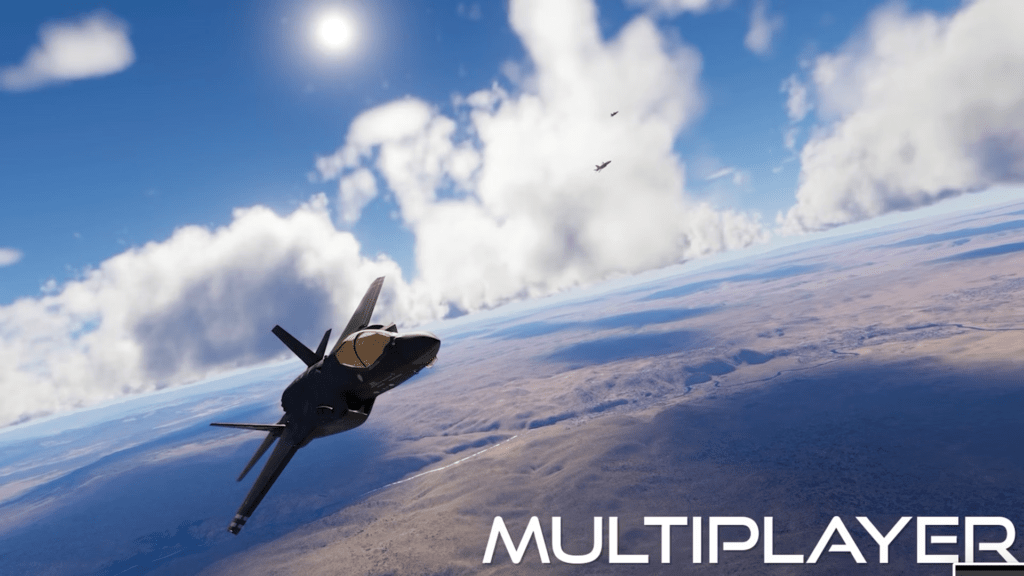
The latest major iteration, Prepar3D v5, introduced DirectX 12, delivering significant graphical enhancements and performance optimization:
- DirectX 12 Integration: Allowed for better CPU and GPU utilization, providing smoother frame rates and reduced stuttering.
- TrueSky Integration: Added volumetric clouds and atmospheric scattering for breathtaking skies.
- Enhanced Terrain Rendering: Improved global textures and realistic environmental lighting.
- PBR (Physically Based Rendering): Aircraft and environmental materials interact realistically with light, improving visual realism.
Prepar3D v5 is the culmination of over a decade of iterative improvements, catering to both high-end professional users and serious enthusiasts.
Technology Under the Hood: Prepar3D’s Graphics Engine
Prepar3D is built on the ESP (Enterprise Simulation Platform) engine, a derivative of FSX’s core engine. Over the years, Lockheed Martin has continuously updated and optimized this engine, modernizing its capabilities for professional-grade simulation.

Rendering Technology:
- Initial DirectX Versions: Prepar3D began with DirectX 9, the same as FSX. Later versions transitioned to DirectX 11 and eventually to DirectX 12, enabling modern graphics features and better hardware utilization.
- PBR Materials: Physically Based Rendering allows surfaces to interact with light realistically, making aircraft and environments appear lifelike.
- TrueSky Volumetric Clouds: Adds immersive weather effects with dynamic lighting and scattering.
While Microsoft Flight Simulator 2020/2024 (MSFS) uses a more advanced, cloud-powered rendering engine and real-world photogrammetry, Prepar3D focuses on professional-grade simulation with more controlled and customizable environments.
Comparison to Other Flight Simulators
Microsoft Flight Simulator 2020/2024
MSFS leverages Bing Maps and Azure AI for real-world scenery, making it the most visually stunning simulator on the market. However, its focus is primarily on enthusiasts rather than professionals.
Strengths of MSFS:
- Photorealistic scenery and real-world satellite imagery.
- Highly immersive for casual and serious hobbyists.
Prepar3D’s Edge:
- Professional-grade realism and modularity.
- Military and commercial training capabilities not available in MSFS.
DCS World (Digital Combat Simulator)
DCS World specializes in combat aviation and offers unparalleled realism for military aircraft simulations. It’s often compared to Prepar3D in military contexts.
Strengths of DCS:
- Superior fidelity for specific aircraft systems and combat scenarios.
- Focused on military and combat environments.
Prepar3D’s Edge:
- Broader scope, including civil aviation and mission rehearsal.
- Professional use in commercial training environments.
X-Plane 12
X-Plane 12, like Prepar3D, emphasizes realistic flight dynamics and professional-grade simulation. It is widely used by aviation schools and enthusiasts.
Strengths of X-Plane:
- Highly accurate flight modeling.
- Strong third-party developer ecosystem.
Prepar3D’s Edge:
- Legacy and professional backing from Lockheed Martin.
- Superior modularity for large-scale military or commercial projects.
Who Uses Prepar3D?Who Uses Prepar3D?
Lockheed Martin’s Prepar3D serves a broad range of users, with its primary audience being professional organizations that require precision and realism in simulation. These include commercial flying schools, military training programs, research institutions, and aviation authorities. Below, we expand on its applications in different sectors:
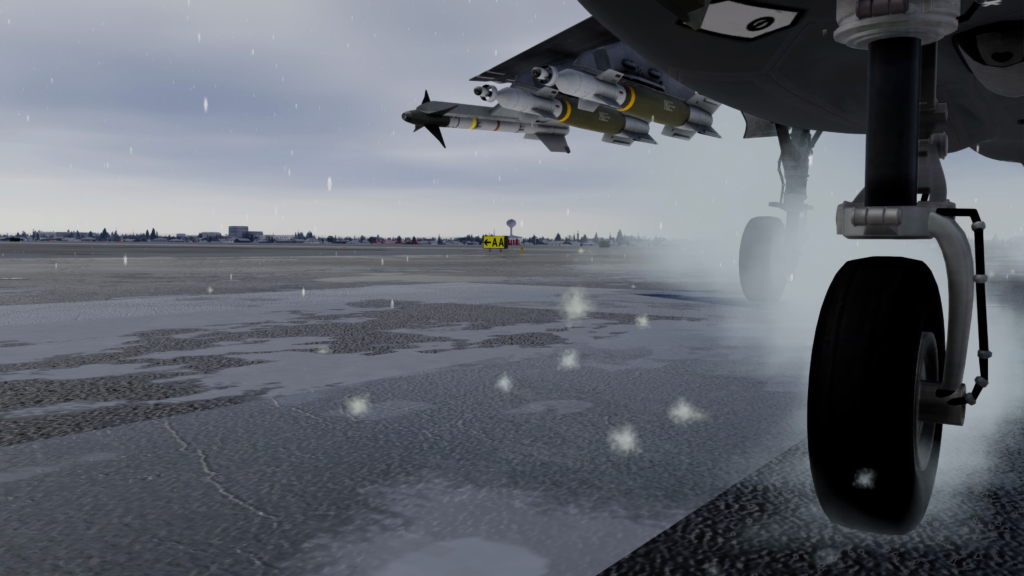
Commercial Flying Schools
Prepar3D is widely utilized by aviation training centers and flying schools around the world. These institutions rely on Prepar3D’s ability to simulate realistic flight environments, advanced weather conditions, and complex avionics to prepare student pilots for real-world operations.
Why Flying Schools Choose Prepar3D:
- Cost-Effectiveness: Compared to full-motion simulators, Prepar3D offers an affordable yet highly capable alternative for foundational flight training.
- Realistic Scenarios: The simulator supports scenarios ranging from standard flight operations to emergency situations like engine failures or adverse weather conditions.
- Third-Party Hardware Integration: Prepar3D can be integrated with physical cockpit setups, providing students with hands-on experience that closely mimics real-world aircraft.
Regulatory Approvals:

Some flight schools have implemented Prepar3D in simulators certified by aviation authorities like the FAA (Federal Aviation Administration) or CAA (Civil Aviation Authority). For example:
- FAA’s AATD Certification: Some Prepar3D-based systems are used as Advanced Aviation Training Devices (AATD), where students can log hours towards their pilot certifications.
- EASA Certification: In Europe, the simulator is also recognized under European Union Aviation Safety Agency standards for specific types of flight training.
While not every Prepar3D setup qualifies as an officially certified simulator, the platform’s realism and compatibility with approved hardware often make it the backbone of FAA or CAA-certified training devices.
Military Training
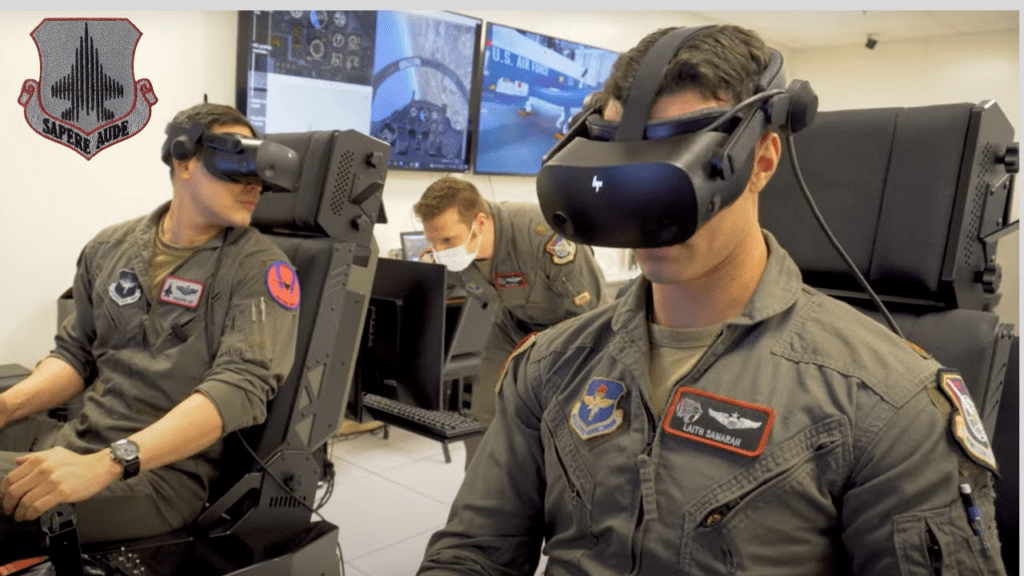
Prepar3D was originally developed with military training in mind, and this remains one of its core applications. Lockheed Martin’s extensive expertise in defense and aerospace ensures that Prepar3D meets the rigorous demands of military aviators and mission planners.
Use Cases in the Military:
- Pilot Training:
- Simulating the operation of both fixed-wing aircraft and rotary-wing helicopters.
- Training for takeoff, navigation, and landing under various conditions, including night operations and combat scenarios.
- Mission Rehearsal:
- Military personnel use Prepar3D to rehearse complex missions, such as air combat, reconnaissance, and search-and-rescue operations.
- Scenarios can include detailed terrains, mission-specific objectives, and threat modeling.
- Aircraft Systems Testing:
- Prepar3D allows military engineers to simulate the integration of new avionics, weapons systems, or flight controls before deploying them in real aircraft.
Advantages for Military Use:
- Modular Design: Lockheed Martin tailors Prepar3D to meet specific military requirements, such as the inclusion of classified terrains or custom aircraft.
- Networking and Collaboration: The simulator supports multiplayer environments, enabling teams to train together on coordinated missions.
Aviation Authorities

Prepar3D is frequently used by civil aviation authorities and regulatory bodies to support pilot training, research, and the development of operational protocols. For example:
- Scenario Testing: Authorities can use Prepar3D to simulate accident scenarios and develop improved safety guidelines.
- Training Inspectors: Aviation inspectors can use Prepar3D to stay proficient in evaluating cockpit procedures and aircraft operations.
Regulatory Use Examples:
- The FAA and CAA have approved Prepar3D as part of certified training programs.
- Prepar3D has been used to design air traffic control protocols, where virtual pilots interact with simulated ATC systems.
Commercial Airlines
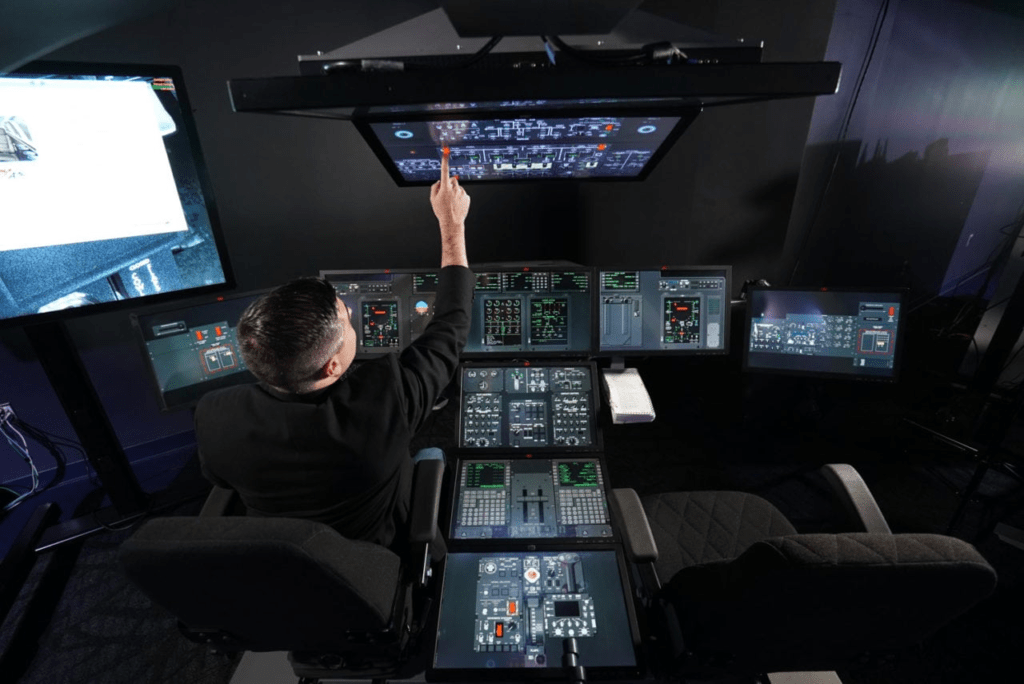
Several commercial airlines incorporate Prepar3D into their training programs, particularly for initial and recurrent training of pilots. While it may not replace full-motion simulators for advanced type-rating certifications, it is ideal for:
- Procedural Training: Practicing cockpit workflows, checklist adherence, and decision-making in realistic scenarios.
- Pre-Simulator Preparation: Pilots can familiarize themselves with aircraft systems and controls before transitioning to more expensive full-motion simulators.
Corporate and Private Aviation Training
Private aviation companies and charter services also use Prepar3D to train their crews. Business jets like the Gulfstream or Bombardier series can be simulated using custom add-ons, providing a cost-effective way for pilots to gain proficiency in specific aircraft types.
Academic and Research Institutions
Prepar3D is a powerful tool for academic research in aerodynamics, avionics, and human factors:
- University Programs: Engineering and aviation programs use Prepar3D to teach aerodynamics, navigation, and aircraft systems.
- Human Factors Studies: Researchers use the simulator to analyze pilot decision-making, fatigue, and the interaction between humans and automated systems.

Emergency Services and Specialized Operations
Emergency services, including search-and-rescue teams and air ambulance operators, use Prepar3D to:
- Train for challenging scenarios, such as landing in tight spaces or navigating during severe weather.
- Rehearse operations in specific environments, like mountainous terrains or urban areas.
User Base: Professional vs. Enthusiast
Prepar3D has a unique position in the flight simulation community. While its primary audience is professional users, the simulator also attracts a dedicated enthusiast base.
Professional Users:
- Military organizations and commercial airlines dominate Prepar3D’s user base due to its focus on realism, modularity, and mission-specific capabilities.
- Certified flight schools and aviation authorities rely on it for training and research.

Enthusiast Community:
- Prepar3D has a smaller enthusiast community compared to Microsoft Flight Simulator (MSFS) or X-Plane, but it remains popular among serious simmers who value its professional-grade fidelity.
- Enthusiasts often build complex home cockpit setups with Prepar3D as the software foundation.
Adoption by Commercial Simulators
Many commercial simulators use Prepar3D as their software core due to its flexibility and customization options:
- Integrated Training Devices: Companies like CAE and FlightSafety International utilize Prepar3D-based systems for pilot and crew training.
- Custom Simulators: Prepar3D is often adapted into bespoke solutions for specific aircraft or mission types, allowing organizations to fine-tune the simulator to their needs.

Prepar3D’s adoption by commercial, military, and academic users underscores its position as a versatile and powerful flight simulation platform. With its roots in military-grade engineering and its wide array of applications, it continues to set the standard for professional training and simulation.
Conclusion: What Prepar3D Offers
Lockheed Martin’s Prepar3D is a testament to the power of iterative improvement and professional focus. While its origins lie in the consumer-friendly FSX, it has evolved into a platform tailored to the needs of professionals and serious enthusiasts. Its continuous advancements in graphics, physics, and customization ensure it remains a vital tool in aviation and military training.
While Prepar3D may not have the mass appeal or visual spectacle of Microsoft Flight Simulator, its professional-grade features make it indispensable in sectors where realism and functionality are paramount.
- Joystick / HOTAS – AMAZON.com
- Rudder Pedals – AMAZON.com
- Throttle Quadrant – AMAZON.com
- Gaming Chair – AMAZON.com
- VR Headset – AMAZON.com
Author
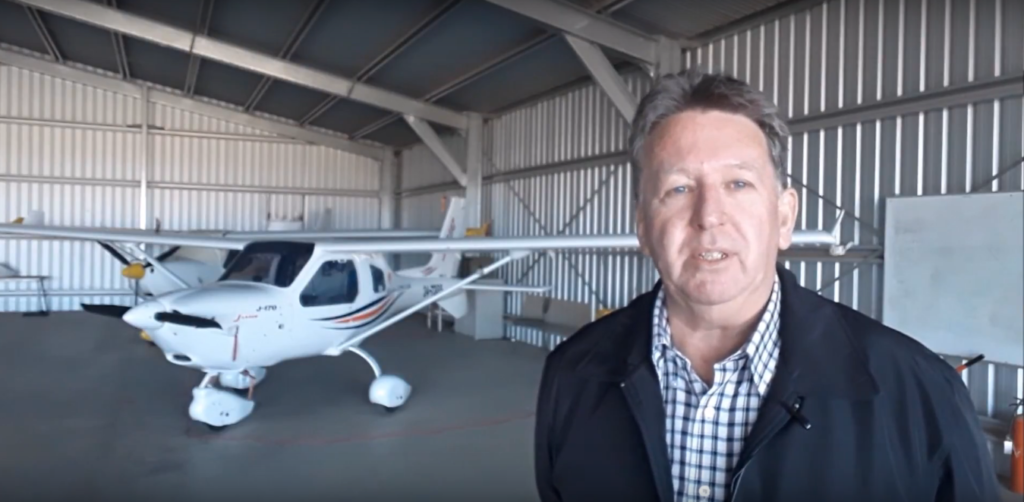
Brendon McAliece (Aka Gunnie) is a military veteran with 23 years working on Jet Fighters, their weapons systems and ejection seat/module systems as well as munitions and R&D. Involved with flight simulation since the 1980s, he has flown all the major flight simulators over the years.
He is an Australian expat who has lived in Malaysia, UK, Saudi Arabia and more recently Thailand. He is a multi-lingual blogger who loves to share his life experiences here on LetsFlyVFR.com and DreamingGuitar.com, with his lifestyle and Travel experiences Blog plus his Dreaming Coffee website.
Learn More @ DreamingGuitar.com – DreamingCoffee.com – LetsFlyVFR.com
( HOME – BLOG – SHOP – ABOUT )
As an Amazon affiliate I may benefit from qualifying sales.
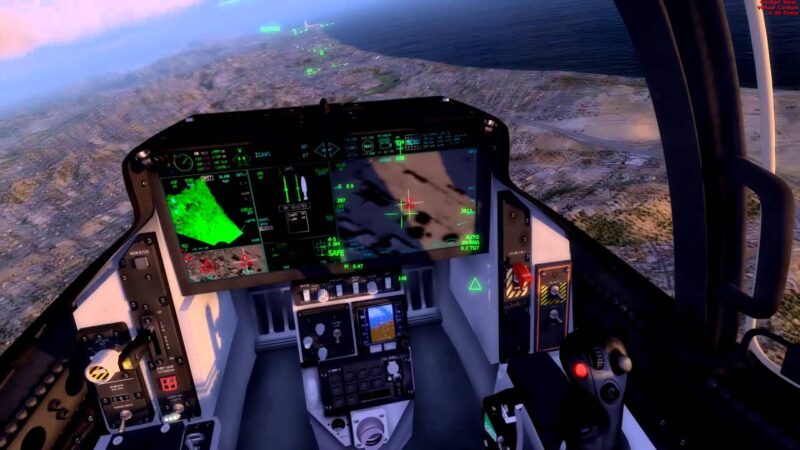
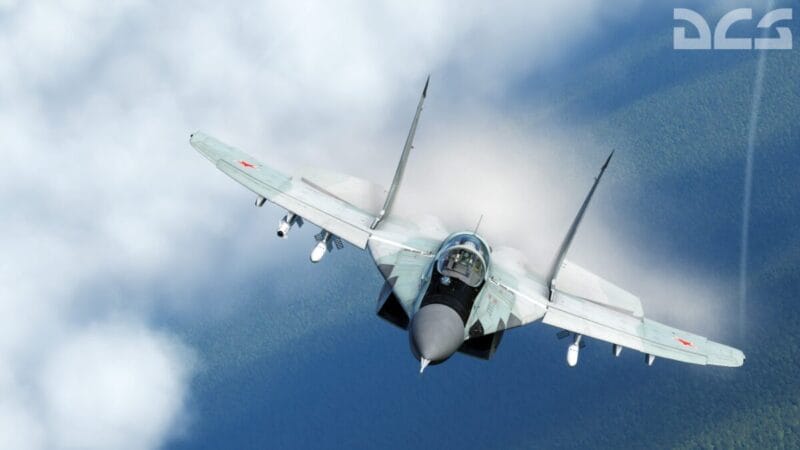




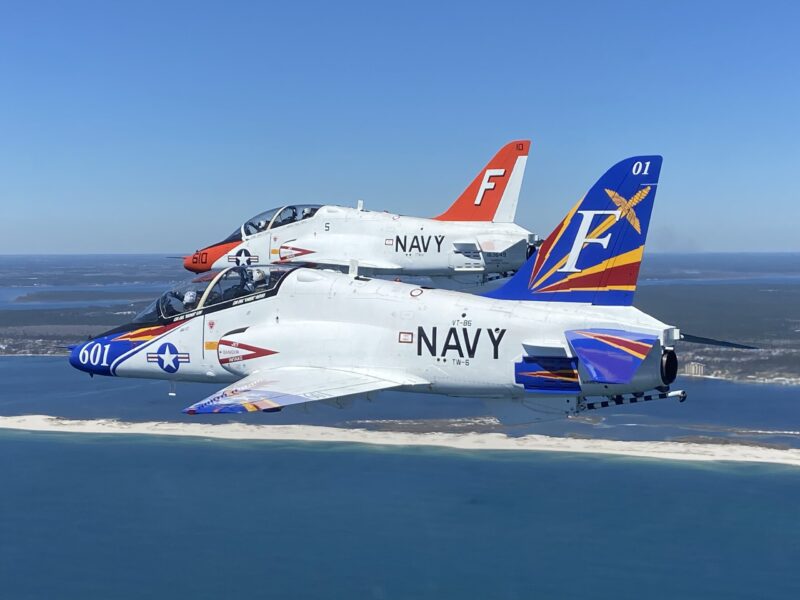



One response to “Lockheed Martin’s Prepar3D: The Evolution of a World-Class Flight Simulator.”